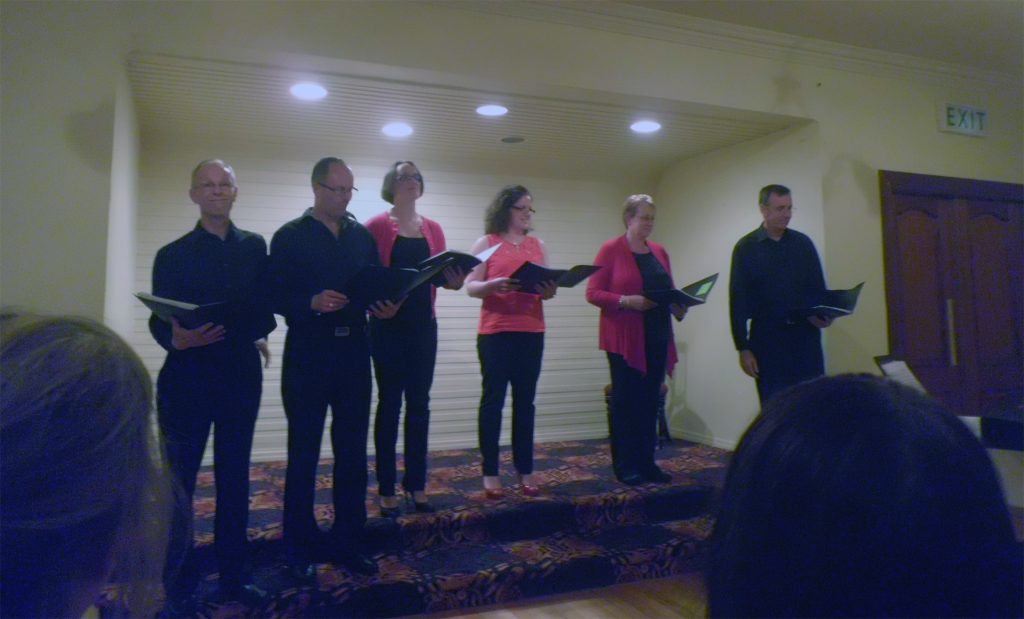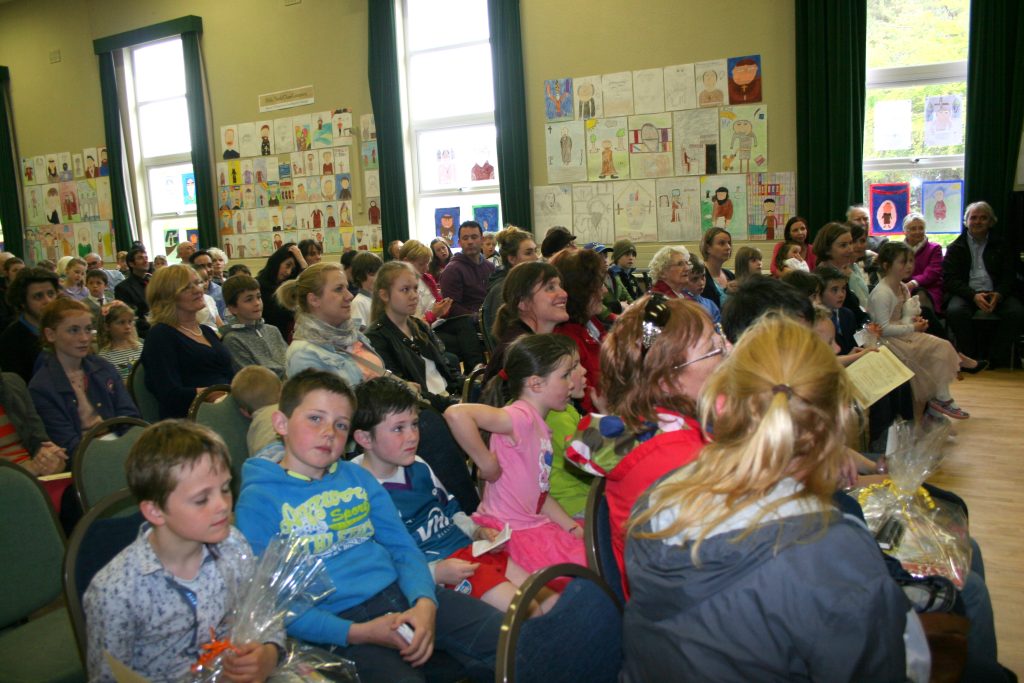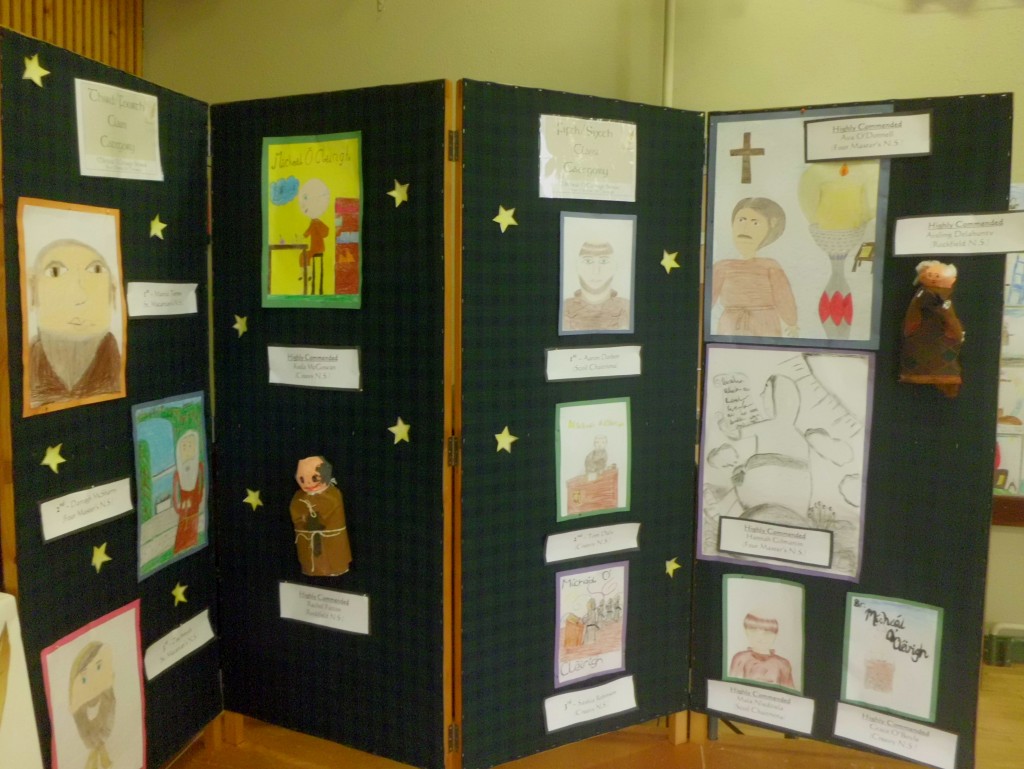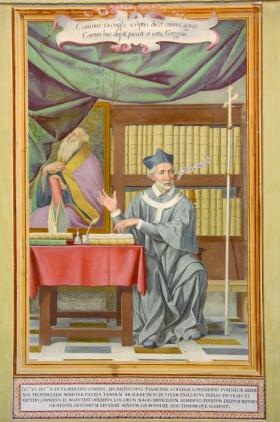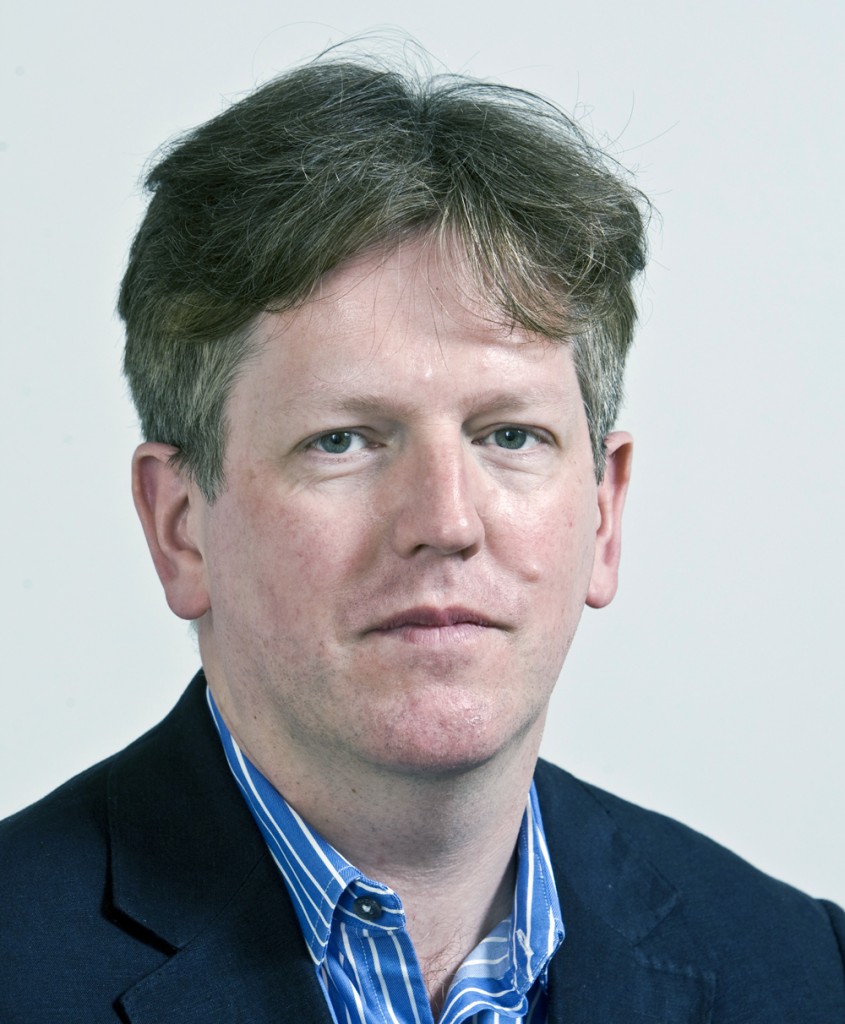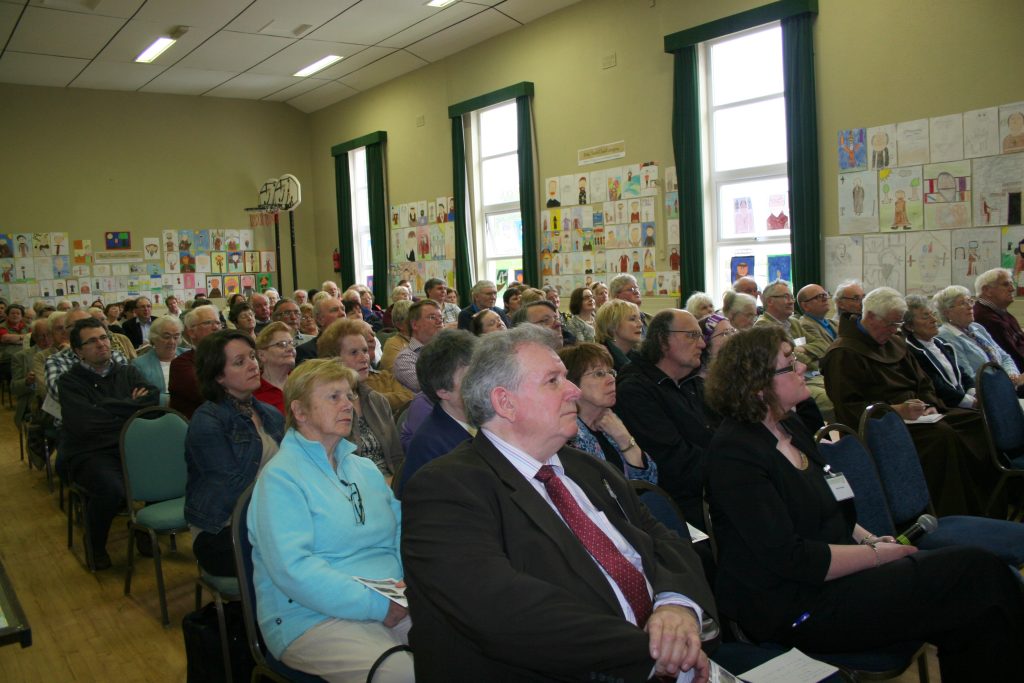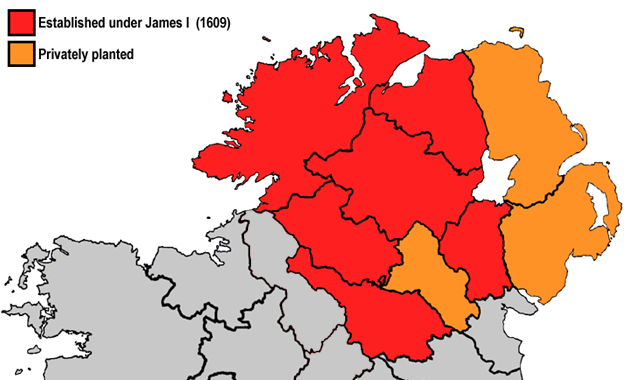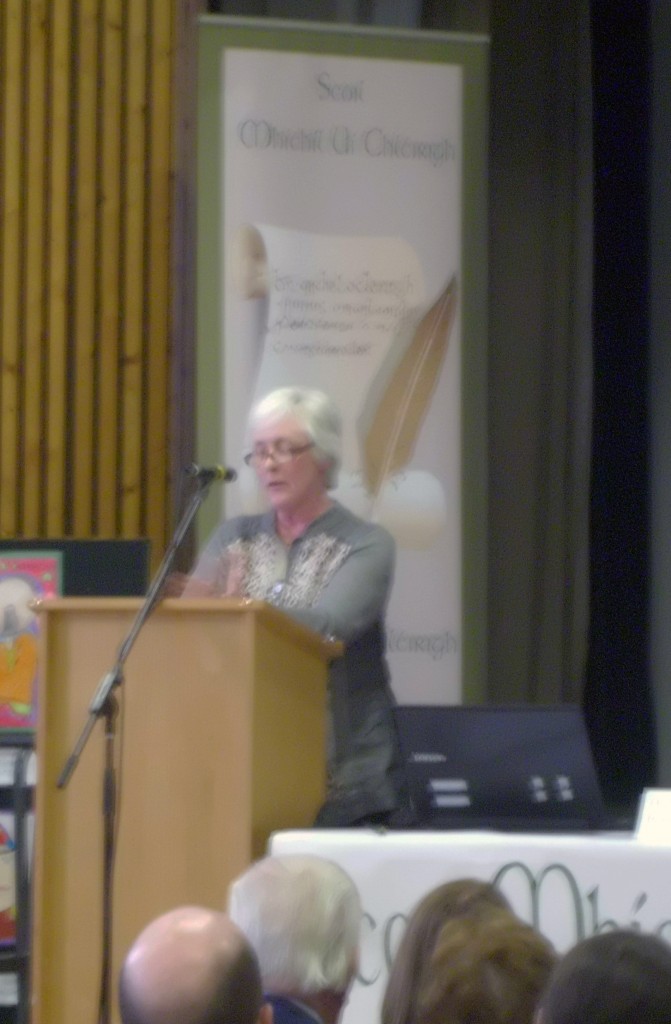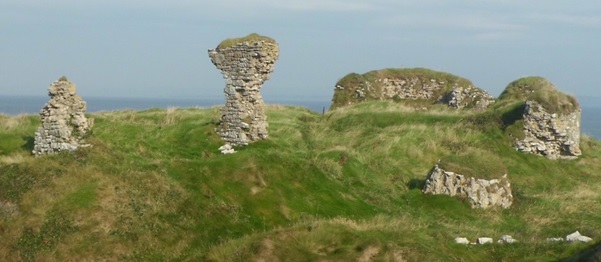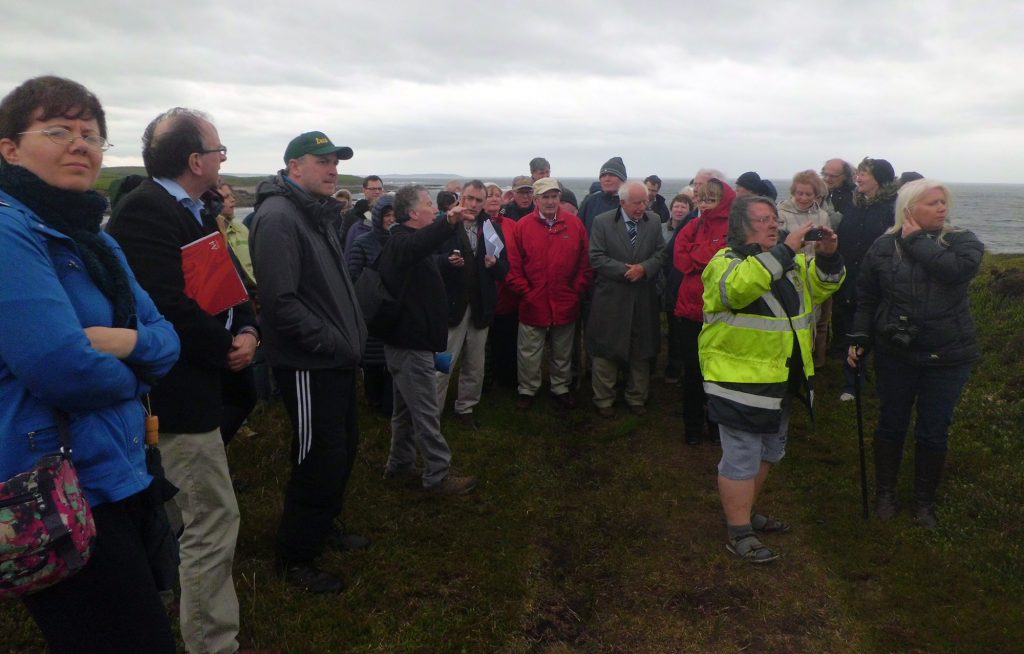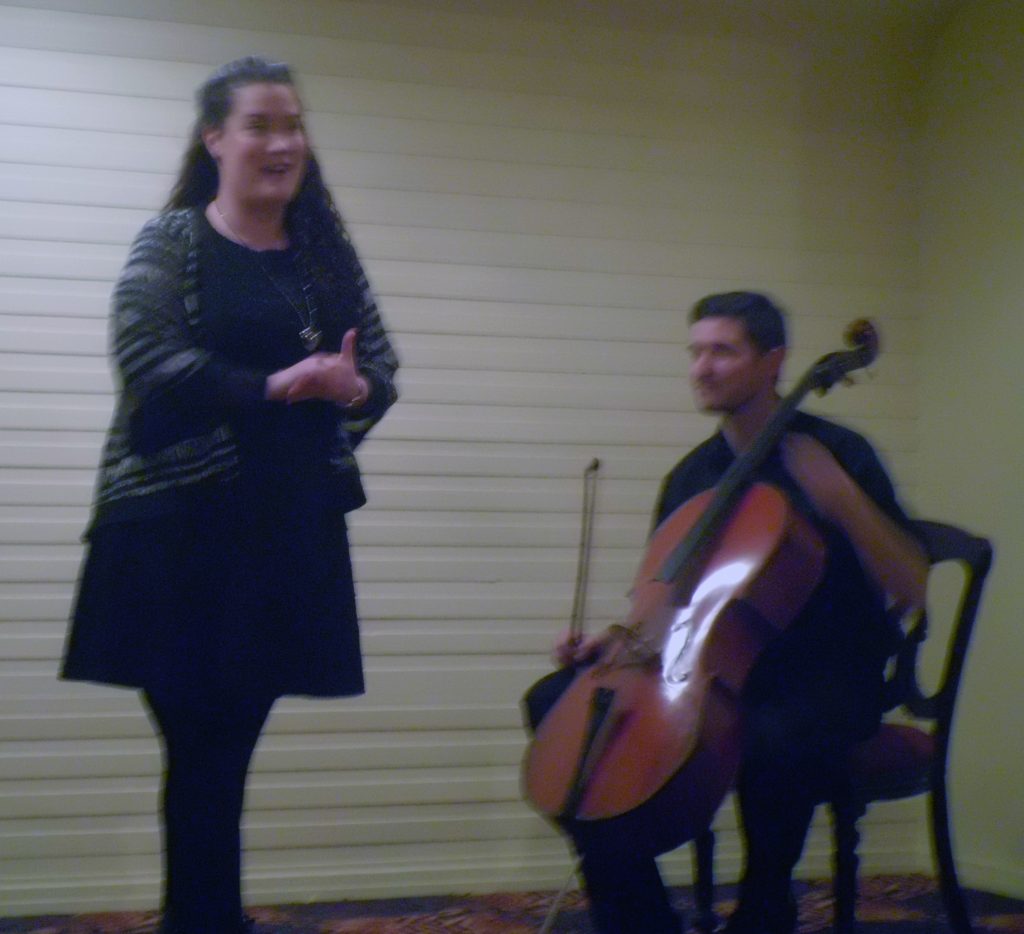
The chosen theme for the inaugural Mícheál Ó Cléirigh School was to discover as much as we could about the man and his background. To find out more about the times he lived through, the events that influenced his work on the compilation of the many manuscripts he laboured on. To find out about his collaborators and what external forces influenced his editorial decisions. In this the following academics would strive to give the assembled school the most recent thinking on these matters.
Primary Schools Art Competition
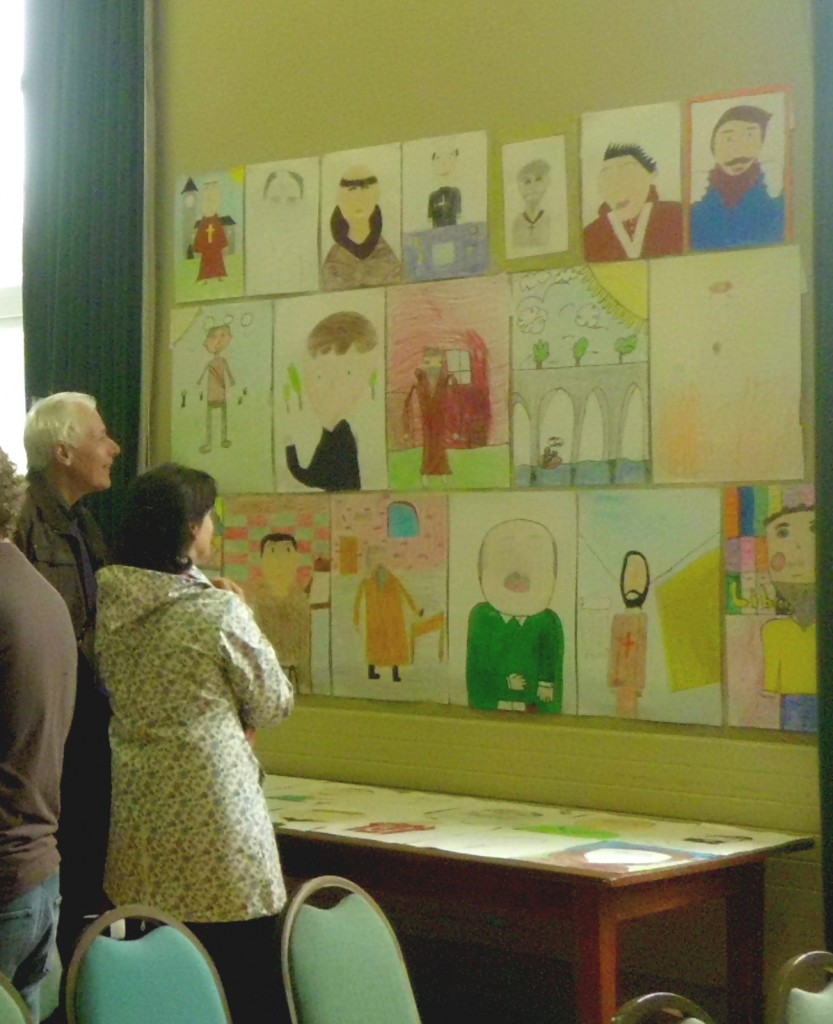
The talks
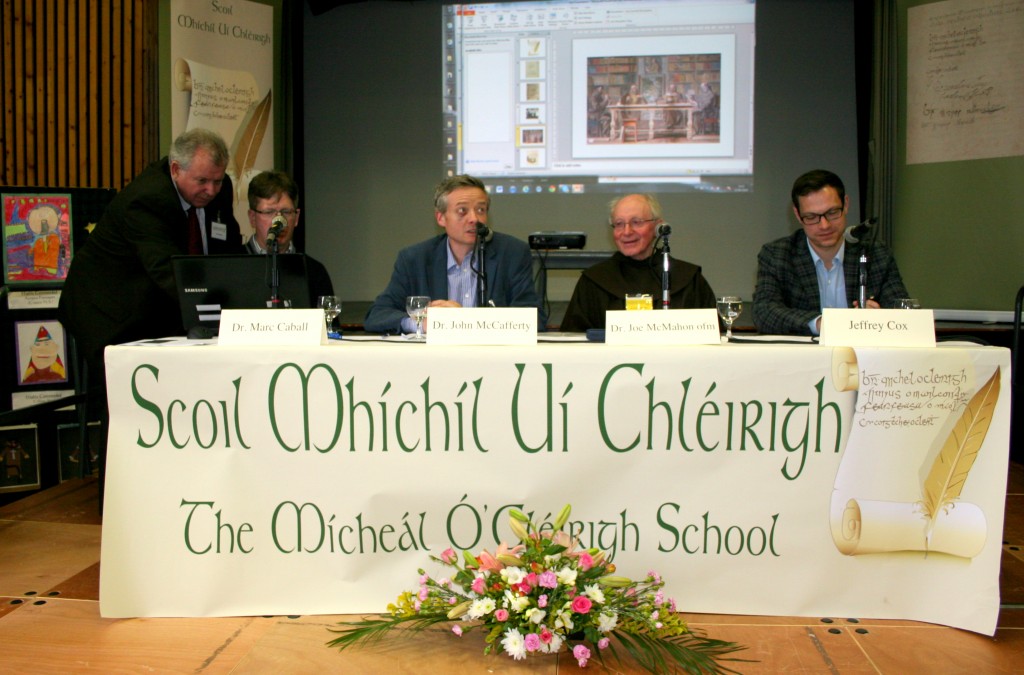
The Louvain Project: The Franciscans in Exile
by Dr John McCafferty
John McCafferty, Director of the Mícheál Ó Cléirigh Institute, a partnership between University College Dublin and the Irish Franciscans. He holds a PhD in history from Cambridge University and has taught in UCD, where he took his first two degrees, since 1994. He has published on the histories of both Protestant and Catholic Churches in early modern Ireland.
In his talk he set the scene by explaining why the Franciscans set up the various seminaries on the Continent to train the Franciscan priests at Louvain in the Spanish Netherlands, Douai in France, Salamanca in Spain and St Isadore’s in Rome.
Foundation
The Irish Franciscan college of St. Anthony at Louvain was granted a bull of foundation by Pope Paul V on 3 April 1607. This small house in what is now Leuven, Belgium, became one of the most intense centres of Irish engagement with Europe. Its history, both that of the friars who inhabited the college itself and that of the soldiers, diplomats and merchants who supported it, is also the story of Ireland’s decisive step into Europe.
Florence Conry / Fláthri Uí Mhaoil Conaire
St. Anthony’s College owed both its foundation and location to Florence Conry, a Franciscan friar and future archbishop of Tuam. Conry, a native of the townland of Figh, part of the civil parish of Tibohine, barony of Frenchpark, Co. Roscommon, belonged to the learned family of the Uí Mhaoil Chonaire and had been trained in seanchas or traditional learning before leaving to study in Salamanca. He later entered the Franciscan order and, apart from a short return to Ireland as ‘confessor, adviser and favourite’ of Red Hugh O’Donnell just before the battle of Kinsale in 1601, spent his life in the Spanish dominions. The combination of Gaelic sensibility, Spanish courtier-ship, political astuteness and Latinate scholarship found in Conry, helps explain the choice of Louvain as a novitiate-in-exile and house of studies for the Irish Franciscans.
Louvain
Founded in 1425, Louvain’s medieval university had developed into one of the intellectual powerhouses of Europe. Given its short distance from the border with the Protestant Netherlands the university had become one of the key centres of counter-reformation thought which, when combined with its proximity to the vast printing presses of Antwerp made it an ideal training ground for priests for the Irish mission. Finally, and crucially, Louvain was situated within the Spanish Low Countries ruled by the Hapsburg Archdukes Albert and Isabella. Their court was deliberately modelled as a centre of robust counter-reformation piety and deeply influenced by Franciscan spirituality. When Albert died in 1621, his wife assumed the habit of the nuns of the Franciscan Third Order. Her court in the style of the Escorial Palace of Spain, became a convent and many women of her own entourage, which was quite deliberately composed of Irish, English, Scots and Danish exiles, went on to become nuns. In 1606, King Philip III of Spain wrote to his brother-in-law Albert: ‘Friar Florence Conry, provincial of the Irish order of St. Francis has represented to me that by reason of the persecution of heretics, there has been a great diminution of the order in that kingdom’. He went on to declare that he would allocate 1,000 ducats per annum for the support of young Franciscan students at the university of Louvain. While the friars would experience many frustrations in procuring the royal grant in the future, Philip’s letter combined with Pope Paul V’s bull, began a particular Irish presence in Louvain that would endure for several centuries.
Gaelic Learning
by Dr. Marc Caball
Dr Marc Caball is a senior lecturer in UCD School of History and Archives. is a historian of early modern Ireland with particular expertise in the cultural history of Gaelic Ireland. He has recently begun to publish on the long-neglected history of print and the book in early modern Ireland. A former research scholar of the Dublin Institute of advanced studies, he holds a D. Phil from the university of Oxford and is a Fellow of the Royal Historical Society. He is a council member of the Irish Texts Society and was the director of the Irish Research Council for Humanities and Social Sciences (IRCHSS) between 2001 and 2005.
The Plantation of Ulster
by Dr. Jeffrey Cox
Dr. Jeffrey Cox completed his bachelor’s in history at Millersville University of Pennsylvania and taught at secondary level in both the United States and Northern Ireland. Jeffrey completed his MA in Early Modern History at UCD in 2011 and his current PhD research is a comparative study of religious change in Kildare and Sussex between 1560 and 1640. He tutors occasionally at UCD School of History and Archives and currently serves on the organising committee for the Tudor and Stuart Ireland Conference.
The Ulster Plantation was devised by Sir Arthur Chichester, the Lord Deputy and Sir John Davies the chief law officer in Ireland. They originally planned to leave the majority of the native Irish where they were living and give lands to Servitors who would live on estates close by the Irish and who could keep an eye on their loyalty. However, King James I saw this as a superb way to integrate the English and Lowland Scots into a venture that would help cement the union of the two crowns. As a result, each county was divided into Precincts based on the newly created baronies with each precinct been allocated by lot to either English, Scottish or Deserving Irish Undertakers. The deserving Irish grantees were ordered to leave their present lands and move to their new allocation in the barony reserved for them. The English and Scottish Undertakers were offered estates of 2,000, 1,500, or 1,000 Irish acres. Their rent from the crown was £6 6s 8d per 1,000 acres each year.
Keynote Talk
The Annals of the Four Masters
by Dr. Bernadette Cunningham
Dr Bernadette Cunningham is a graduate of University College Galway and University College, Dublin, and is Deputy Librarian at the Royal Irish Academy in Dublin. She is the author of The world of Geoffrey Keating (Dublin, 2000); The Annals of the Four Masters: Irish history, kingship and society in the early seventeenth century (Dublin, 2010); and Clanricard and Thomond: 1540 –1640: provincial politics and society transformed (Dublin, 2012). She is current editor of Irish History Online, the national online bibliography of writings on Irish history (www.iho.ie).
The talk featured the background story behind the decision to begin work on the annals.
Field Trip to the Ruins of Kilbarron Castle
The tour party met at the carpark beside Creevy Pier and walked along the coastal path developed by the Creevy Co-Operative Group. The castle lies on a promontory jutting into Donegal Bay and its steep sides on three sides made it a very defensible site from earliest times. The recent Conservation Report commissioned by the Kilbarron Castle Conservation Group and funded by the Heritage Council, in its archaeological section suggested that the site dates from the Iron age part of a string of defensible places dotted along the west coast of Ireland.
The site may have been a defensible stronghold for the Ua Maoil Doraigh clan who were the rulers of Tír Connaill before the ascendency of the Ua Domhnaill clan in the 13th Century. At some point the site was granted to the Ua Scíngín family of chroniclers who came from Moylurg near Lough Key (Roscommon) to serve as Ollamhs to the ruling Ua Domhnaill clan.
The stronghold later passed through marriage to the Ua Chléirigh clan who went on to occupy the site and it is recorded in the Annals of the Four Masters that in 1391 it was burned in a raid by the Ua Conchobhair clan of Sligo. The castle was rebuilt and other buildings added becoming a bardic school. It is not known exactly when it. was abandoned but possibly at the end of the Nine Years War 1592-1601. It is recorded in the Downs Survey maps of 1658 as “ruins of a house”
Conference Dinner & Entertainment
Sandhouse Hotel
Later in the evening there was a conference dinner held in the Sandhouse Hotel in Rossnowlagh where guests enjoyed a three course meal. After speeches the party were entertained by local singer Shauna Mullin accompanied by Aongus MacAmhlaigh. Caoimhin MacAodha played some wonderful tunes on violin including one air called “Kilbarron” Songs from Fr Tomás Ruiséal and from some of the members of the Bel Canto choir.
The day long events were considered by all those participating to have been a success and the organising committee hope to stage it again in 2015
